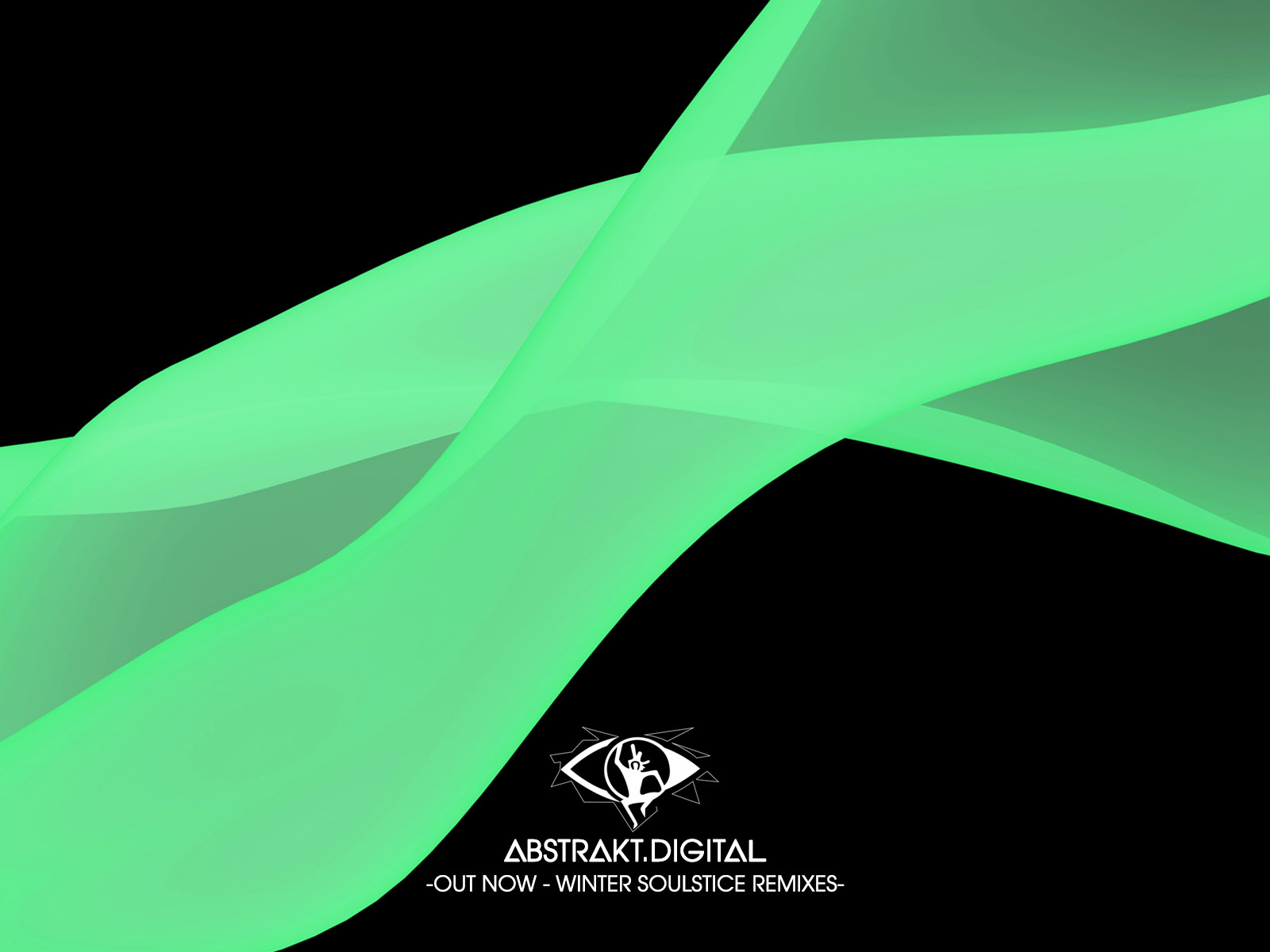My Music Production Workflow & Habits: How I Start, Create, and Finish Electronic Dance Music Tracks

I often get asked by other fellow producers experiencing music production challenges what my process is when I work on music as far as workflow, so I wanted to put a little list together… WROTE A LITTLE BLOG ABOUT IT, HERE IT GOES!
1 – If i can only do ONE thing, I splurge. That means, getting an idea down, even if it’s a kick loop with a shitty bass line and a synth stab. I then bounce it and put it in iTunes in a playlist called Splurges, and give it a name with the date next to it so i refer back to it. Even this practice teaches you to build beats and riffs quickly, and then what I always find amusing is that there is always good in anything recorded when you listen after the fact, and not in the moment.
2 – I write down my goals for the session with actionable items. I don’t mean write down “make this song better”, but rather: This section goes on too long, trim it by 16 bars. Add some delays to this instrument because it sounds too dry, and so on. Having a “To Do” list makes my sessions way more productive. Often when I’m not feeling “creative” (meaning things sound like donkey ass), at least I still progress through by hitting some edits.
3- I pick my instruments before i start as “Frequency Players”. Think Drums / Lows / Low Mids / Mids / high Mids / Highs. When I’m in the idea creation part of the process, I don’t go looking thru presets endlessly, actually very often I use the same 5-7 sounds for a week, and often start with my programs Initialized to not be influenced by an existing sound I may have already used or that reminds me of other songs. For example I might say: Drums only from “This Kit”, Bassline only from Moog, Strings from Nord, Lead from Virus. I used to throw everything at the kitchen sink right from the start, but that is definitely not a good strategy and then becomes very busy and not catchy or easy to mix. Ironically I have a much harder time doing this when I’m only working on my laptop, as there are always so many VST’s and options to reach for so easily that I find myself preset hopping instead of writing.
4 – I create arrangement templates of tracks I like, copying (stealing, whatevs) arrangement ideas. I’ll import a track i like, and then draw in midi clips below of the sections, for example, Intro / Verse / Build Up / Main Theme. Then I’ll create some more that go a bit more in detail. I often use the “RHYTHM FIGURE” phrase to name the sections. So one of my midi clips on the bassline track maybe named “Bass Rhy Fig 1-Theme” or “Bass Rhy Fig 2 – 2 Octave Variation” and so on. I do this for the main sections of the song, and then I remove the original track so I don’t model my track after the inspiration and plagiarize it, and save the sections as a template. This is a great exercise for both arrangement training, as well as sound design. Similar to learning guitar songs by listening to the original recording, vs. learning from a songbook, the ear training part is huge for me.
A second phase of the process for me might happen when I get a 16 bar loop going, and I’ll often just name the sections as I described before “Rhy Fig 1 / 2”, etc.
I then import the template into my loop project, and proceed to copy and paste my loop parts into different sections of the arrangement template, and this begins my song structure writing process. As I do this ,it becomes very obvious what parts of the template don’t work for the music theme I have working, and I’d say just about every time I do this the end result is something different than the original arrangement which provided the original inspiration to get “unstuck” from the loop.
5 – I have stopped using any gear that gives me ANY issues, or stops me in my creative tracks. Sync issues, things that make me reach for the internet such as gear i have not learned how to use, these are workflow boner killers that will take a session from good to shit in seconds. I have been selling a lot of unused gear for the first time since i started buying it in the 90s. Less is definitely more, I wish would have just mastered my few bits of kit i had in the early days instead of always chasing shiny objects like a gear addict, but live and learn.
6 – I stopped watching tutorials for the most part, and just make music now. This is not a 100% rule, but for the most part any synth you can make music with even without knowing how to use it. There are sound designers and synthesis experts, and then there are people that make amazing music using the same synths. These two are not always the same entity, as a matter of fact they are almost never the same person, or every sample pack designer would be a world famous musician, and Trent Reznor wouldn’t have Atticus Ross to come up with the sounds he’s describing in the studio and put that vision together. (Not saying that Atticus Ross is not a great musician, but rather that a Nine Inch Nails song does not have to have every sound and beat designed and programmed by Trent Reznor in order to be a legit NIN song! Btw I <3 NIN, one of my favorite bands and biggest influences!)
7 – Separate Creative Sessions from sound design, learning, etc. I do my music making in the morning, and anything else at night if there is time left to. Most times I do zero at night, and little in the morning.
8 – If on the go, I make music on an app. I use the Korg Gadget app for iOS. It’s amazing, and it also has a Ableton Live integration to bring it back in the DAW. You can make full techno songs on your phone! If you told me this in 1995 my head would have exploded, considering that I was upset when computers became mainstream and people started using them to make music – after I spent years buying gear! Bitter much? Nooooo! Not at all!
9 – I don’t worry about mixing any more. I used to OBSESS about the fact that I didn’t think mixing was anything I’d ever be good at. Now I tweak as I go, and focus on the music. I have since learned that lots of producers I admire don’t mix their own music, and If a song is strong, it will be good even with a rough mix, and someone can polish it up if necessary. But a super clean polished mix of a shit song will still be shit song. Michael Jackson did not mix “Thriller”, but most people ain’t mad at him (at least not for that!).
10 – I like to remix my live sessions. I’ll create a Resampling Channel in Live and record 45 minutes of me fucking around live. Than in a separate session, I drop the parts into one of the pre made arrangement templates I mentioned above, and end up with a 8minute format song. If it sounds like something, i go from there.
11 – I BOUNCE EVERY SINGLE SESSION I WORK ON. This is without a doubt the most important change I made a few years back. A seemingly insignificant 20 minute music session that only lives as a project in your Daw will likely never see the light of day again. However, it’s really amazing how many times i find myself flipping thru a playlist of music i made in iTunes or let it play in the background and ask myself “What’s that? That sounds pretty cool I gotta revisit that”. The perspective we have on things we make are really skewed when we are completely involved in the very thing we are attempting to judge. But revisiting after the fact usually has me ask myself “I made this!? Have zero memory of doing that. But it sounds cool!” Chances are the day I made that, was a day that I truly considered giving up music due to excessive suckyness.
SO! These are some of my main workflow routine observations I can think of… Some do change quite often, but I put down the main ones that are pretty steady in my music production routines.
I hope you found them helpful and if you have your own to share please share on my Facebook page, I’m always in learning mode so I’d be stoked to hear yours!





